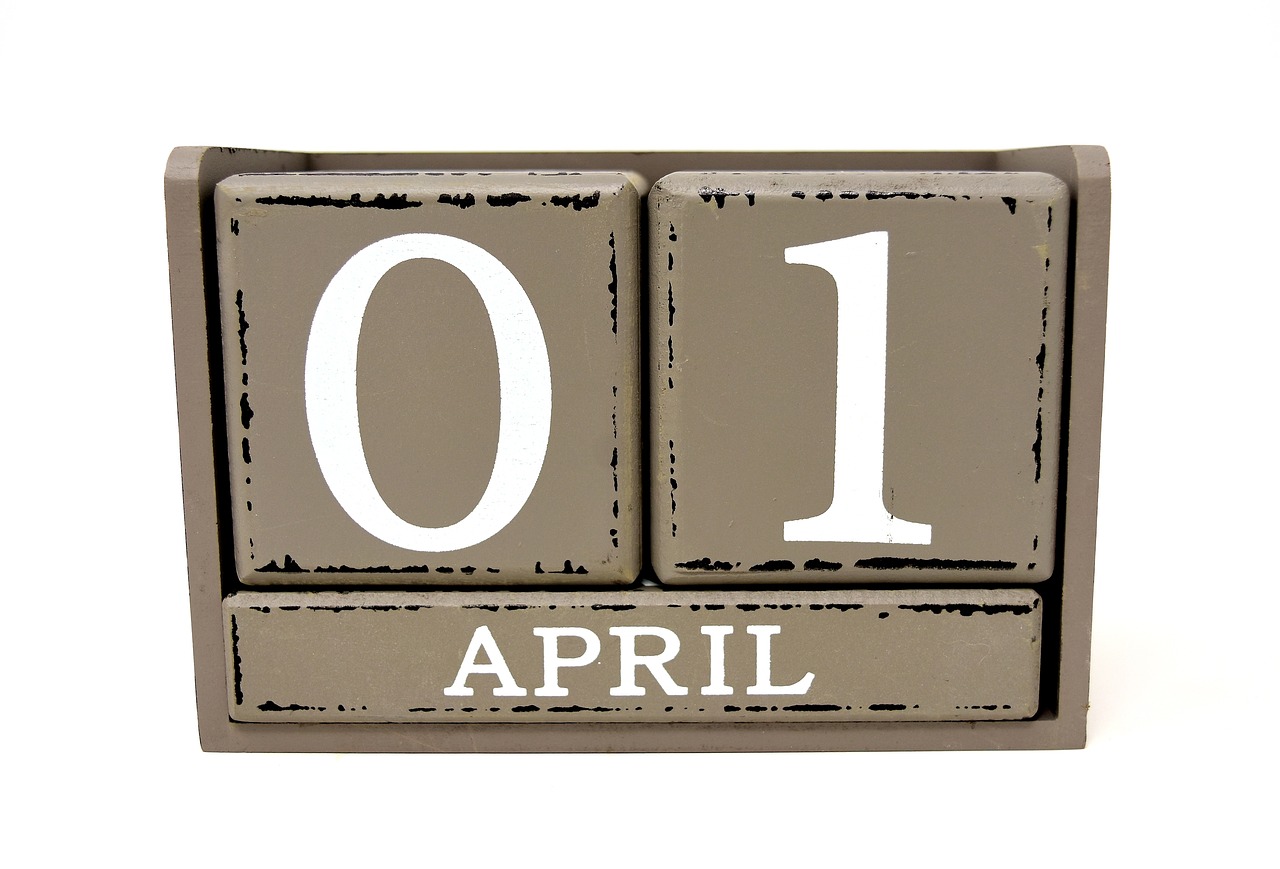The Department of State has published the April 2024 Visa Bulletin, bringing significant advancements in the final action dates for most employment-based categories, and modest advancement for the family-sponsored categories when compared to the previous month.
Highlights of the April 2024 Visa Bulletin
Dates for Filing Chart
For the family-sponsored preference categories, the Dates for Filing Chart remains unchanged from the previous month, with the exception of the family sponsored fourth preference category (F4) for India which will advance by 1.5 months to April 8, 2006, and Philippines which will advance by 1 year to April 22, 2005.
Additionally, for employment-based petitions, the employment based first preference category (EB1A) India will advance by 3 months to April 1, 2021, and the employment-based third (EB3) preference category for India will advance by 1.5 months to September 15, 2012. Finally, the employment based fourth preference category (EB-4) will advance by 11 months to December 1, 2020.
All other preference categories remain unchanged from the previous month.
 Visa Lawyer Blog
Visa Lawyer Blog













